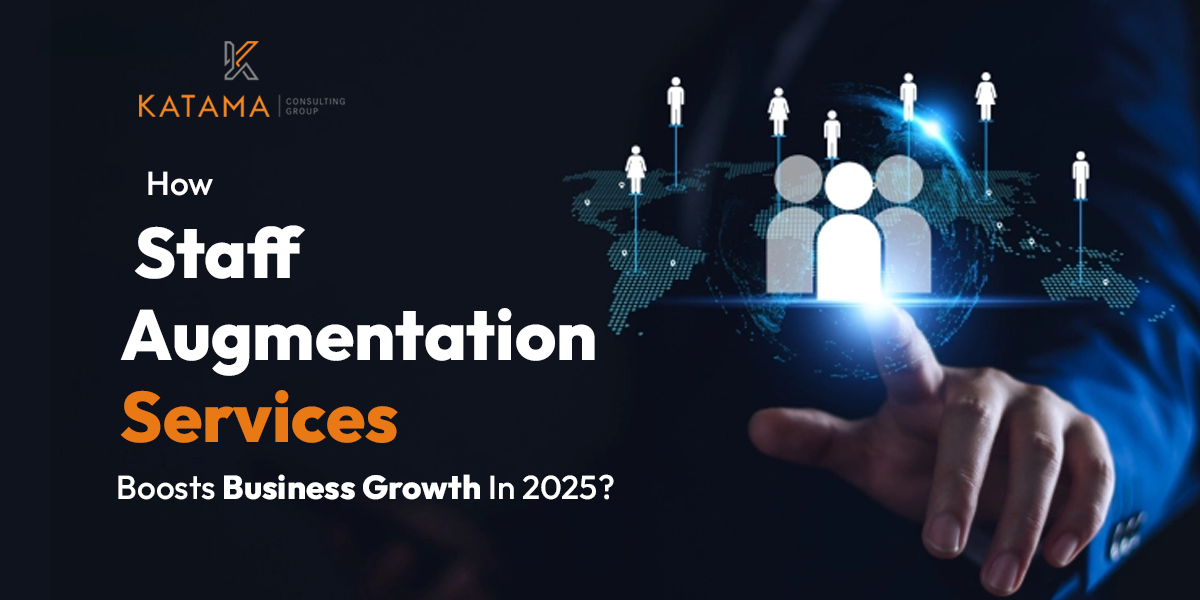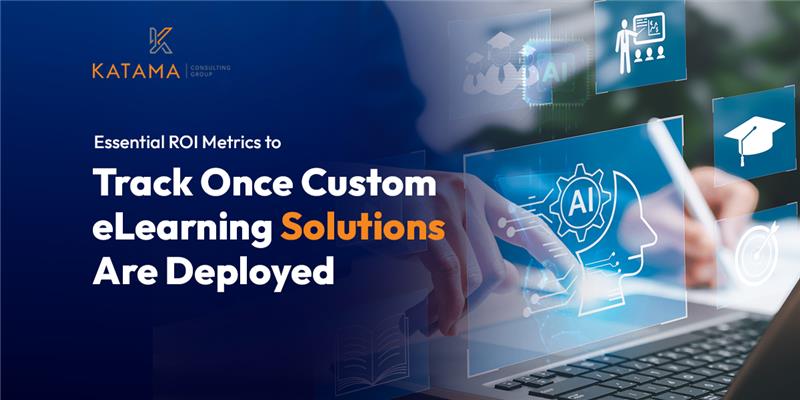“Some people are concerned that AI is going to reduce jobs in sales. But, imagine every seller on your team is 30% more effective. Are you going to want more sellers, or less sellers? If you have an opportunity in front of you, you’re going to want to double down.” ~ Dan Shapero, Chief Operating Officer, LinkedIn
Introduction
It’s 2025 and there’s an AI tool for everything. AI entered the sales arena somewhere in the late 2010s when Salesforce started creating AI-backed tools to help with lead generation, data analysis, and email generation.
As of 2025, an AI tool can probably do everything in a typical outbound sales process, with varying degrees of success. From building the correct ICP to tracking metrics and generating reports, AI has been refined to the extent that the role of an outbound sales development representative is viewed to be under threat.
But can AI really do it all? Is it time for businesses to heavily invest in AI tools and ditch their SDRs? It’s time to look at the impact and role of AI on outbound sales development and answer the burning question: should business owners incorporate AI into the sales process without the human touch? Take a look at our in-depth analysis.
Where Can AI Be Incorporated In An Outbound Sales Strategy?
As previously mentioned, AI can automate sales processes right from the beginning to the end. Let’s take a closer look.
1. Building An Effective ICP
Creating the Ideal Customer Profile (ICP) is the first and most important step of the sales process. Without a well-defined ICP, prospecting will turn into a waste of time. AI is a great pattern recognizer and analyzer, once it has been trained, it can start building an ICP that works for your business.
AI Tools: M1-Project, HubSpot, Lattice Engines
2. Lead Generation
Whether an outbound sales development representative has to scour LinkedIn or social media or work with a static database to generate a list of leads, lead generation can be quite time-consuming for SDRs. Enter AI tools!
AI Tools: Outreach, HubSpot
3. Qualifying Leads
Once the ICP is ready and a list of leads, it’s time to score and qualify them. Outbound SDRs typically find qualifying leads a time-consuming task.
AI Tools: Relevance AI, Lift AI, Artisan
4. Reaching Out To Leads (Content)
In outbound sales, before cold calling a lead, SDRs send out personalized emails and other content to spark an engagement or conversation. While generic emails don’t cut it anymore, emails need to be crafted after identifying the particular pain points of that lead. Generative AI tools like ChatGPT can certainly draft contextual content to engage with leads.
AI Tools: ChatGPT, OneShot.ai
5. Reaching Out To Leads (Calling)
Yes, cold-calling leads is now doable by AI. There are several popular AI tools that make the tiring task of cold-calling leads easy and they go on to provide accurate analysis of the interactions. AI tools can even provide information on the enthusiasm or hesitation of the client based on analyzing the tone of voice.
AI Tools: Gong.io, Air AI, Aircall, Clari, Dialpad
6. Generating Reports and Metrics
Using AI to track KPIs in outbound sales development allows you to uncover metrics such as open rates, response rates, and demo bookings, providing a precise, real-time view of your outbound efforts. This insight helps pinpoint the tactics that drive conversions by linking engagement KPIs with lead scores and pipeline progress.
AI Tools: Segment by Twilio, Infer
Note: Some of these tools do more than one task, making them a one-stop AI solution for outbound sales.
Benefits Of Using AI In Outbound Sales Development
- Saves Time
AI automates repetitive tasks in outbound sales development like lead scoring and follow-ups, freeing up time for outbound sales development representatives to focus on closing deals.
- Improves Personalization
AI crafts tailored messages for each prospect using data like behavior, preferences, and engagement history.
- Provides Real-Time Insights
AI tracks and analyzes sales data instantly, helping teams adapt quickly to improve performance.
- Scales Outreach Efforts
AI enables businesses to reach more prospects efficiently while maintaining a personalized touch.
Are The Days Numbered For Outbound Sales Development Representatives?
The short answer to this is: not at all. Outbound sales development representatives are still required to employ all the glib at their disposal and work on the push-and-pull, the back-and-forth, as well as taking so quick decisions that AI still can’t fathom needs to be taken. Sales still need salespeople, but salespeople don’t need to waste time on those tasks that could very well be automated. Look at AI as Iron Man’s Jarvis.
Wrapping Up: Time To Use AI In Your Outbound Sales Strategy?
Back in 2024, the magazine EU-Startups ran a poll on the question: Would you consider to allow AI to do sales calls for your company in the near future? Strangely, 43% of respondents sided with an emphatic ‘No’, while 41% said ‘Yes’. While AI can automate a lot of things in the sales process that waste a salesperson’s time, sales is a fine art that requires human intelligence to read the room and gauge a person’s mood. It’s as much a psychological game as it is a number game, and until AI becomes that refined, it seems safe to let an outbound sales development representative take care of the actual selling and AI do the prep work.
Verdict: As of now, don’t expect to automate the entire sales process with AI tools and watch it generate revenue once set in motion. If you’re tempted to replicate your top-performing outbound sales development rep, why not consider outbound SDR services? The biggest advantage in choosing such services is that every rep working on your account is a top performer, out to get you the leads you need to grow your company.
Frequently Asked Questions
Which businesses benefit most from AI-driven outbound sales?
Businesses with high lead volumes, complex sales cycles, or diverse audiences, like SaaS, e-commerce, and B2B, see the most benefits.
How are AI-driven outbound sales different from traditional CRM tools?
AI tools go beyond CRMs by automating tasks, prioritizing leads, and offering real-time insights.
What data is needed for AI in outbound sales?
High-quality data like customer profiles, engagement history, and firmographics is essential.
Can AI replace sales representatives?
No, AI handles repetitive tasks, but sales reps are still vital for building relationships and closing deals.
Are there hidden costs in adopting AI for sales?
Additional costs may include training, system integration, and maintaining data quality.
How does AI adapt to changing sales trends?
AI tracks market and customer data to refine strategies and optimize outreach in real-time.









